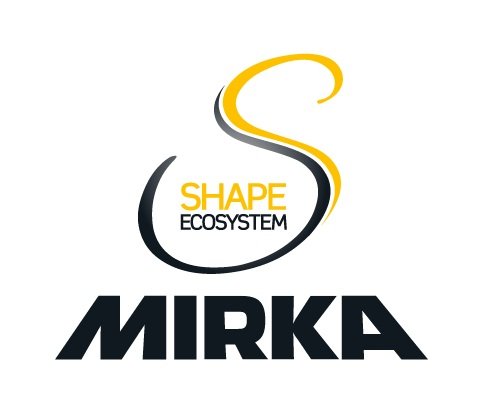Sustainable Materials: My experience and insights
As we reach the halfway point of the SHAPE program, it’s time to reflect on our journey so far. This time, we’ve spoken with Markus, work pack leader for Sustainable Materials, to hear about his experiences and insights so far.
“Before I got involved in sustainability, the field felt overwhelming and uncertain,” Markus reflects. “During the early 2000s sustainable solutions were rare and hard to access. But today the circumstances are vastly different: research is booming, tools are more advanced, and technologies like AI are accelerating progress.”
In the work package Sustainable Materials, the focus is on reducing environmental impact by using low-carbon, recycled, and biobased materials. This also involves rethinking waste, such as dust, not as a problem, but as a valuable resource. By developing circular business models for material side streams, the goal is to transform waste into new opportunities and sustainable solutions.
Collaboration Is Driving Change
The shift toward sustainable materials and products is no longer a distant vision. New solutions are emerging that will soon surpass traditional ones in performance and desirability. Supporting legislation, well-functioning value chains, and a market eager to adopt circular practices are aligning to accelerate this transition. This isn’t just an environmental imperative, it’s one of the most significant business opportunities of our time.
Enabling this transformation is the growing power of collaboration. The SHAPE ecosystem plays a vital role by connecting a diverse and expanding network of experts who share common goals. As mutual understanding deepens, more ideas, initiatives, and proposals are being brought forward, some finding a home within SHAPE, others branching out independently. What they all share is a collective drive toward systemic impact.
“The growing network of high-level experts and the strong spirit of collaboration make it clear that our combined efforts can have significant impact,” Markus shares.
Mirka’s new Innovation Hub in Turku is a tangible example of this collaborative spirit in action. It strengthens ties with Finnish research and development, laying the foundation for future breakthroughs.
“Times are changing. I now feel that we’ve reached a critical mass of people who want to take responsibility and have realized that the time to create change is now, so that future generations will also have the conditions to live and thrive.”
Achieved Milestones
The Sustainable Materials work package has already delivered strong results halfway through the SHAPE program. In resins and glues, lignin and other plant-based components have been processed for industrial use, and stronger glues have been developed using natural fibers and side streams. Binder systems that allow debonding at end-of-life have been explored to enable recycling, and resin components derived from side streams of the wood working industry are currently under evaluation.
For abrasive grains, methods to recover and reuse inorganic materials from used multimaterial products have been built. Improvements to virgin ceramic materials have extended product lifetimes and lowered energy use, and partial replacement of virgin raw materials with side streams has shown promise.
We have also developed milling techniques, increasing efficiency while reducing energy use. Combined with natural waxes and polyesters, this paves the way for durable and sustainable coatings and composites. In textiles, bio-based alternatives to fossil-based fibers have reached proof of concept, and recycled polyamide waste has been successfully tested with partners.
“I see a time, not far from now, when new sustainable material and product solutions will be superior. Legislation will support them, value chains will be ready to produce them, and responsible customers will be there to use and circulate them. This will be the greatest business opportunity I’ll face during the remainder of my working life. Those who are ready will win in the short term, but in the long term, it’s our grandchildren’s grandchildren who will truly benefit.”

